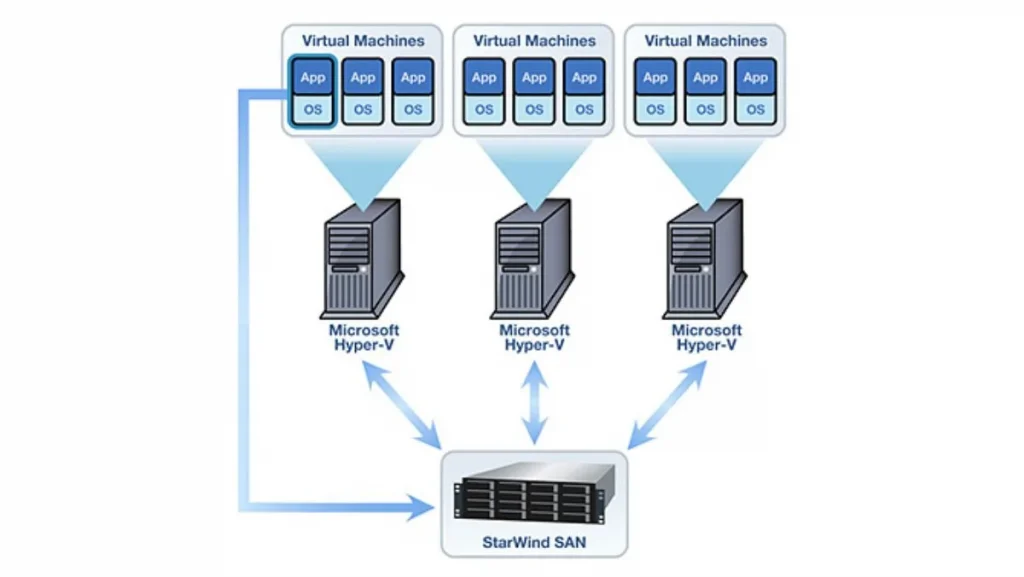What is server virtualization?
Server virtualization is a technology that enables the creation of multiple virtual instances (virtual servers) on a single physical server, allowing each virtual instance to operate independently with its own operating system (OS), applications, and resources. This process abstracts physical hardware resources—such as CPU, memory, storage, and networking—into virtual resources, maximizing utilization and flexibility.

Key Components and Principles
1, Hypervisor (Virtual Machine Monitor, VMM)
The core software layer that manages physical hardware and allocates resources to virtual machines (VMs). It acts as an intermediary between VMs and the physical server, ensuring isolation and efficient resource sharing.
- Type 1 (Bare-Metal Hypervisor): Runs directly on physical hardware (e.g., VMware ESXi, Microsoft Hyper-V, KVM).
- Type 2 (Hosted Hypervisor): Runs on top of an existing OS (e.g., VMware Workstation, VirtualBox).
2, Virtual Machines (VMs)
Each VM is a software-emulated server that functions like a physical server, with its own OS and applications. VMs are isolated from each other, meaning issues in one VM do not affect others.



